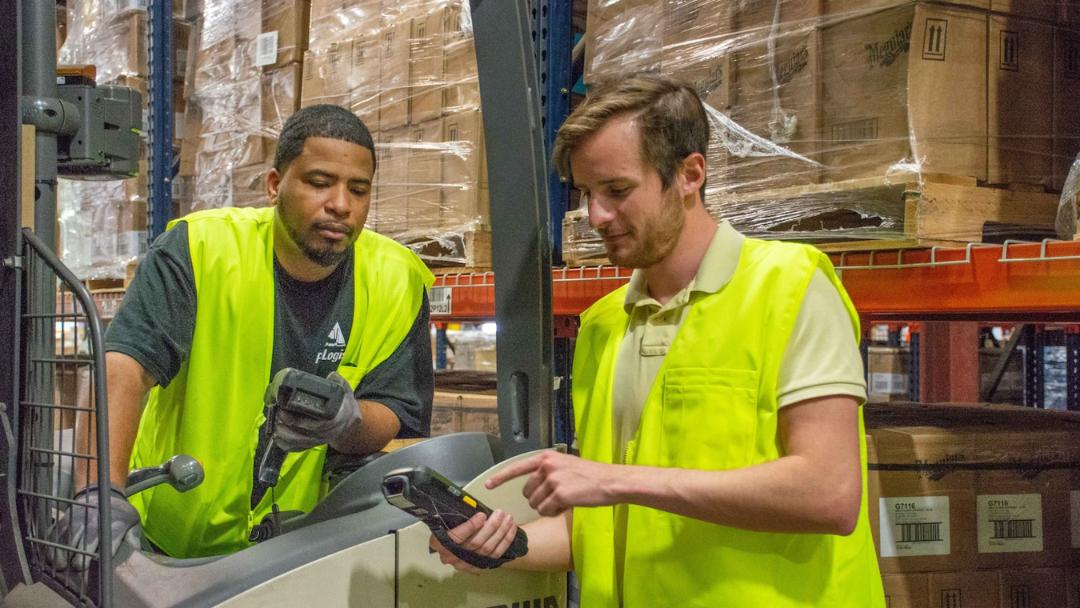Keeping employees engaged is a challenge many industries will encounter. Especially important is ensuring your staff are taking every opportunity to keep themselves safe within the workplace, and the first step is developing a comprehensive safety program. The U.S. manufacturing industry is a thriving sector of the economy yet it also remains one of the most dangerous. And that is a reality businesses must face as they approach continued education for long-term employees as well as training programs for new hires.
What risks are involved in the manufacturing industry and how do you train employees in a way that will help them learn how to keep themselves safe in a way that doesn’t scare them away?
Risks manufacturers are facing
The manufacturing industry is a fast-paced and quickly advancing workplace. With new technologies coming out every day to help make the space more efficient, there are new subjects to teach employees every day. Some of the risks, however, remain the same. These issues include:
- Slips, trips and falls.
- Exposure to hazardous materials.
- Hearing damage.
- Illness and injury due to repeating the same motions.
- Explosions and structural failures.
- Contact with machinery and equipment.
- Musculoskeletal disorders.
Education and safety training are the employers’ responsibility to their staff members. While education is an important first step toward fewer workplace injuries, enforcing safety measures is also vital to caring for employees. Workers are constantly relying on others to do their part in safely operating machinery as well as working around dangerous equipment to efficiently do their job.
Teaching workplace safety
Focusing on dynamic training methods is a vital first step to establishing a safe workplace. One method could be goal-oriented training methods that set hard deadlines for employees to complete courses and implement organizational evaluations. Engaging employees throughout their time at the workplace can help ensure that they do not get complacent in old methods. Making retraining on workplace safety, knowledge and proficiency twice annually can help all employees keep modern safety protocol at the forefront of their work day.
Operating in a dynamic workplace means attracting different learning styles. While sitting through safety seminars is a great way to reach a wide range of employees, offering interactional training can also engage experiential learners as well.
With musculoskeletal disorders being one of the major types of injury at the workplace with repeated movement, lifting heavy items and constantly being on their feet, a wellness program is a great way to care for employees. Some ideas for items to add to such a wellness program include:
- Partnering with ergonomic professionals.
- Prominent, written safety protocols.
- Health and wellness programs.
- Onsite first aid.
- Strategic planning for safety initiatives.
Ensuring the care and safety of employees is everyone’s responsibility. It can provide peace of mind to existing staff. Establishing yourself as a business that cares about the well-being of its staff can also be a strategic move for attracting new talent.


